Posts Tagged: NASA
The 60 best space photos of all time from Nasa, Hubble, and more
From distant galaxies to stunning portraits of planets close to home, there’s nothing like an image of space to blow your mind. Here are 60 of our favorites.
Digital Trends
NASA beamed a video of a cat named Taters from deep space to Earth
In a successful demonstration of new laser communications capabilities, NASA beamed an ultra-high definition video across 19 million miles of space from its Psyche spacecraft to Earth earlier this month. It’s the first time a UHD streaming video has been sent from deep space via laser. The history-making video? A 15-second clip of an orange cat named Taters chasing a laser dot.
The signal from the video, sent on December 11, made it to Earth in 101 seconds from Psyche’s location at the time, which was about 80 times as far as the distance between Earth and the moon. It was uploaded before the mission launched, and sent back home by a flight laser transceiver aboard Psyche at a rate of 267Mbps. The spacecraft, which set off on its journey in October, is on its way to study a metal-rich asteroid in the main asteroid belt between Mars and Jupiter.
“Despite transmitting from millions of miles away, it was able to send the video faster than most broadband internet connections,” said Ryan Rogalin, the receiver electronics lead for the project at NASA’s Jet Propulsion Lab. “In fact, after receiving the video at Palomar, it was sent to JPL over the internet, and that connection was slower than the signal coming from deep space.”
This article originally appeared on Engadget at https://www.engadget.com/nasa-beamed-a-video-of-a-cat-named-taters-from-deep-space-to-earth-175814869.html?src=rss
Engadget is a web magazine with obsessive daily coverage of everything new in gadgets and consumer electronics
NASA can’t talk to its Mars robots for two weeks because the sun is in the way
NASA’s Mars exploration robots will be on their own for the next two weeks while the space agency waits out a natural phenomenon that will prevent normal communications. Mars and Earth have reached positions in their orbits that put them on opposite sides of the sun, in an alignment known as solar conjunction. During this time, NASA says it’s risky to try and send commands to its instruments on Mars because interference from the sun could have a detrimental effect.
To prevent any issues, NASA is taking a planned break from giving orders until the planets move into more suitable positions. The pause started on Saturday and will go on until November 25. A Mars solar conjunction occurs every two years, and while the rovers will be able to send basic health updates home throughout most of the period, they’ll go completely silent for the two days when the sun blocks Mars entirely.
That means the Perseverance and Curiosity rovers, the Ingenuity helicopter, the Mars Reconnaissance Orbiter, and the Odyssey and MAVEN orbiters will be left to their own devices for a little while. Their onboard instruments will continue to gather data for their respective missions, but won’t send this information back to Earth until the blackout ends.
This article originally appeared on Engadget at https://www.engadget.com/nasa-cant-talk-to-its-mars-robots-for-two-weeks-because-the-sun-is-in-the-way-213022922.html?src=rss
Engadget is a web magazine with obsessive daily coverage of everything new in gadgets and consumer electronics
NASA is launching a rocket on Sunday to study a 20,000-year-old supernova
A sounding rocket toting a special imaging and spectroscopy instrument will take a brief trip to space Sunday night to try and capture as much data as it can on a long-admired supernova remnant in the Cygnus constellation. Its target, a massive cloud of dust and gas known as the Cygnus Loop or the Veil Nebula, was created after the explosive death of a star an estimated 20,000 years ago — and it’s still expanding.
NASA plans to launch the mission at 11:35 PM ET on Sunday October 29 from the White Sands Missile Range in New Mexico. The Integral Field Ultraviolet Spectroscopic Experiment, or INFUSE, will observe the Cygnus Loop for only a few minutes, capturing light in the far-ultraviolet wavelengths to illuminate gasses as hot as 90,000-540,000 degrees Fahrenheit. It’s expected to fly to an altitude of about 150 miles before parachuting back to Earth.
The Cygnus Loop sits about 2,600 light-years away, and was formed by the collapse of a star thought to be 20 times the size of our sun. Since the aftermath of the event is still playing out, with the cloud currently expanding at a rate of 930,000 miles per hour, it’s a good candidate for studying how supernovae affect the formation of new star systems. “Supernovae like the one that created the Cygnus Loop have a huge impact on how galaxies form,” said Brian Fleming, principal investigator for the INFUSE mission.
“INFUSE will observe how the supernova dumps energy into the Milky Way by catching light given off just as the blast wave crashes into pockets of cold gas floating around the galaxy,” Fleming said. Once INFUSE is back on the ground and its data has been collected, the team plans to fix it up and eventually launch it again.
This article originally appeared on Engadget at https://www.engadget.com/nasa-is-launching-a-rocket-on-sunday-to-study-a-20000-year-old-supernova-193009477.html?src=rss
Engadget is a web magazine with obsessive daily coverage of everything new in gadgets and consumer electronics
NASA ends its Lunar Flashlight mission
NASA has pulled the plug on its Lunar Flashlight project, which was designed to look for sources of ice on our nearest neighbor. The agency spent the last few months trying, and failing, to get the craft to generate the necessary amount of thrust to get the small satellite to its intended destination. Officials say that the issue was likely caused by debris buildup in the fuel lines, which prevented the CubeSat from working to its full potential.
The “briefcase sized” Lunar Flashlight first launched in December, and was developed by students at Georgia Tech. Once deployed, it was expected to start a four-month journey to the moon, after which point it would look for surface water ice at the moon’s perpetually-dark south pole. Unfortunately, despite a months-long effort to remedy the issue, the craft will proceed past Earth and then fly into the orbit, but hopefully not too close to, the sun.
NASA is choosing to take a glass half-full approach to the failure, pointing to the success of many of the project’s components. Barbara Cohen, principal investigator at the Goddard Space Flight Center, said that while it’s disappointing, the mission proved the efficacy of several tools first used on the satellite. And that researchers "collected a lot of in-flight performance data on the instrument that will be incredibly valuable to future iterations."
This article originally appeared on Engadget at https://www.engadget.com/nasa-ends-its-lunar-flashlight-mission-101557786.html?src=rss
Engadget is a web magazine with obsessive daily coverage of everything new in gadgets and consumer electronics
NASA rolls back SLS Moon rocket for repairs after multiple failed fueling tests
After multiple attempts to complete a critical fueling test of its next-generation Space Launch System, NASA has decided to finish the rocket’s “wet dress rehearsal” at a later date. On late Saturday evening, the agency announced it would move the SLS off from its launch pad and back to the Kennedy Space Center’s Vehicle Assembly Building to give one of its gaseous nitrogen suppliers time to complete a critical upgrade. Nitrogen supply issues had delayed two previous countdown rehearsals, according to Space News.
NASA will also use the opportunity to replace a faulty helium check valve and repair a minor hydrogen leak technicians found in one of the “umbilical” fuel lines running from the rocket’s mobile launch tower. “During that time, the agency will also review schedules and options to demonstrate propellant loading operations ahead of launch,” NASA said. It promised to share more information about the decision, as well as its plans moving forward, during a press conference scheduled for April 18th.
Since April 1st, NASA has tried three times to complete a “wet dress rehearsal” of the Artemis 1 Moon mission. The test is designed to replicate the countdown procedure the SLS will undergo when the mission hopefully gets underway later this year. NASA most recently attempted to complete a modified version of the test on April 14th, but that trial was cut short after it discovered the aforementioned hydrogen leak in the rocket’s mobile launch tower. Initially, the agency left the door open for another attempt as early as April 21st but then had a change of mind.
The delay may have a domino effect on the timeline for the Artemis 1 Moon mission. NASA has yet to set a date for the flight, and won’t do so until the SLS wet dress rehearsal is complete. Despite all the issues NASA has run into with its next-generation rocket, the agency remains confident it will fly. "There's no doubt in my mind that we will finish this test campaign, and we will listen to the hardware, and the data will lead us to the next step," said Artemis launch director Charlie Blackwell-Thompson on Friday. "And we will take the appropriate steps, and we will launch this vehicle.”
NASA pushes back crewed moon landing to 2025
NASA has officially adjusted its timeline for the Artemis III mission and won't be landing on the Moon in 2024. The agency is now aiming to land the first woman and next American man on the lunar surface in 2025 at the earliest, NASA administrator Bill Nelson has announced. NASA was originally targeting a 2028 launch date for its return to the Moon, but the Trump administration moved that date up by four years back in 2017. In a conference call with reporters, Nelson said "the Trump administration's target of 2024 human landing was not grounded in technical feasibility."
In addition to the unrealistic deadline, Nelson blamed Blue Origin's lawsuit against the agency for the delay. It had to put its contract with SpaceX on hold and pause work on the lunar lander that's meant to take astronauts to the surface of the Moon for a couple of times. NASA lost almost seven months of work on the lander as a result, which had cast doubts on the 2024 landing even before Nelson made his announcement.
If you'll recall, NASA awarded SpaceX a $ 2.9 billion contract to develop a Starship-based lunar landing system back in April. The agency historically works with more than one contractor for each mission, but in this instance, it inked a deal with Elon Musk's company alone. Jeff Bezos's Blue Origin sued NASA over that decision, arguing that it wasn't given the chance to revise its bid for the project.
Based on legal documents The Verge obtained in September, however, NASA felt that Blue Origin "gambled" with its proposed $ 5.9 billion lunar lander bid. The company allegedly set the price higher than necessary, because it assumed that NASA would award it a contract but negotiate for a lower price. The Federal Court of Claims ultimately ruled against Blue Origin a few days ago, dismissing its claims that NASA ignored "key flight safety requirements" when it awarded SpaceX the lunar lander contract.
Nelson's announcement comes shortly after NASA moved the uncrewed Artemis I flight test launch from this year to February 2022. That's assuming everything will go as planned — the Orion capsule and Space Launch System that will be used for the mission will still have to go through a battery of tests before NASA can schedule it for blastoff.
The Morning After: NASA looks at LTE for lunar missions
This week had a bit of everything, but Apple’s iPhone 12 series event took top billing. They bring support for a new wireless charging setup, but don’t have a revolutionary look on paper. Maybe that feeling will change once we’ve had some hands-on ti…
Engadget RSS Feed
NASA schedules the first Crew Dragon operational flight for Halloween
NASA and SpaceX have set a new launch date for Crew Dragon’s first crewed operational flight: October 31st. The SpaceX Crew-1 mission follows the company’s successful Demo—2 test flight, which flew astronauts Bob Behnken and Doug Hurley to the ISS. I…
Engadget RSS Feed
NASA crowdsourcing helps build a better Moon digging robot
NASA’s Artemis program will eventually need robots to help live off the lunar soil, and it’s enlisting help from the public to make those robots viable. The space agency has picked winners from a design challenge that tasked people with improving the…
Engadget RSS Feed
NASA hopes OSIRIS-REx data will explain an asteroid’s mini-eruptions
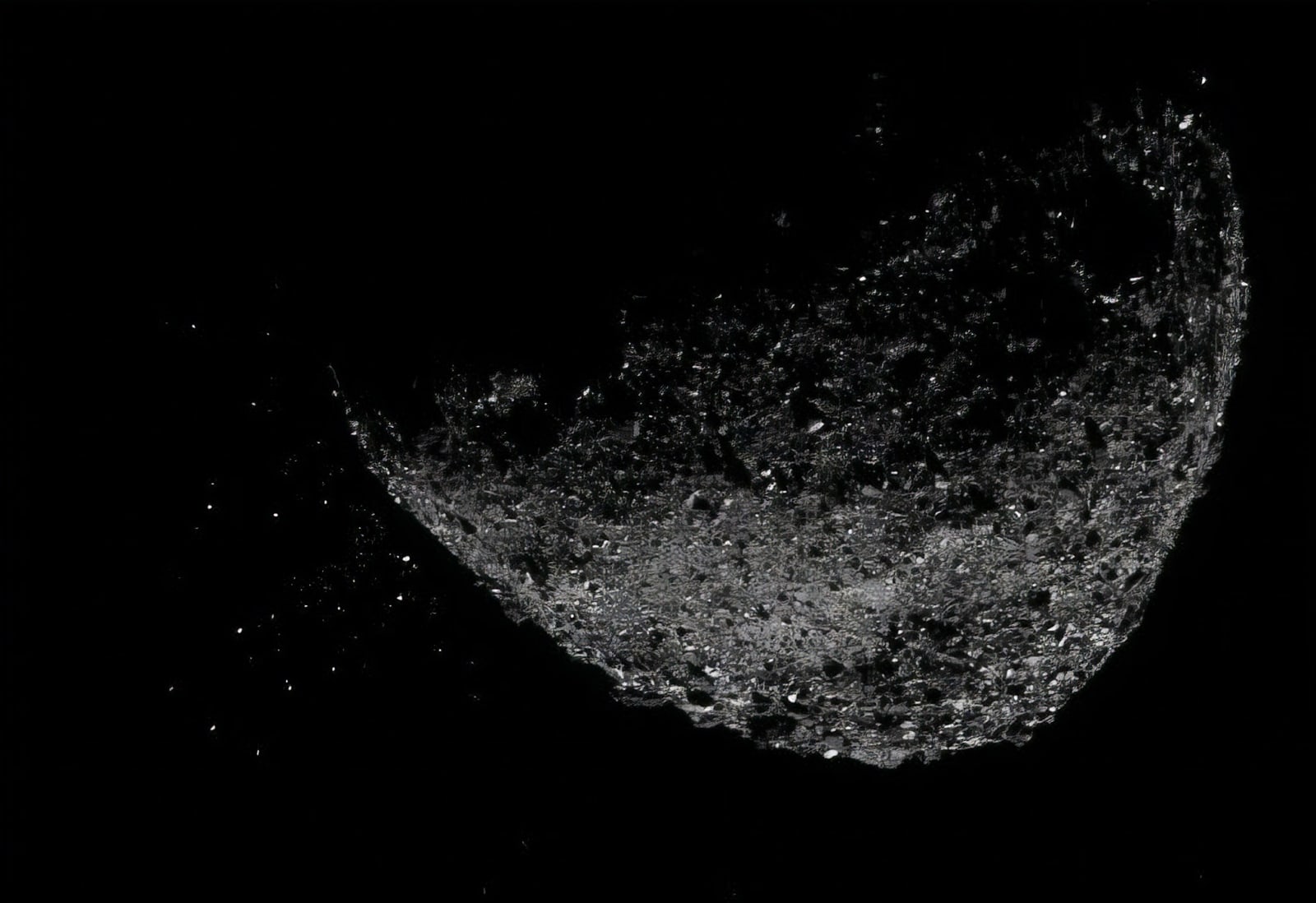
Engadget RSS Feed
Japan will help NASA build a space station near the Moon
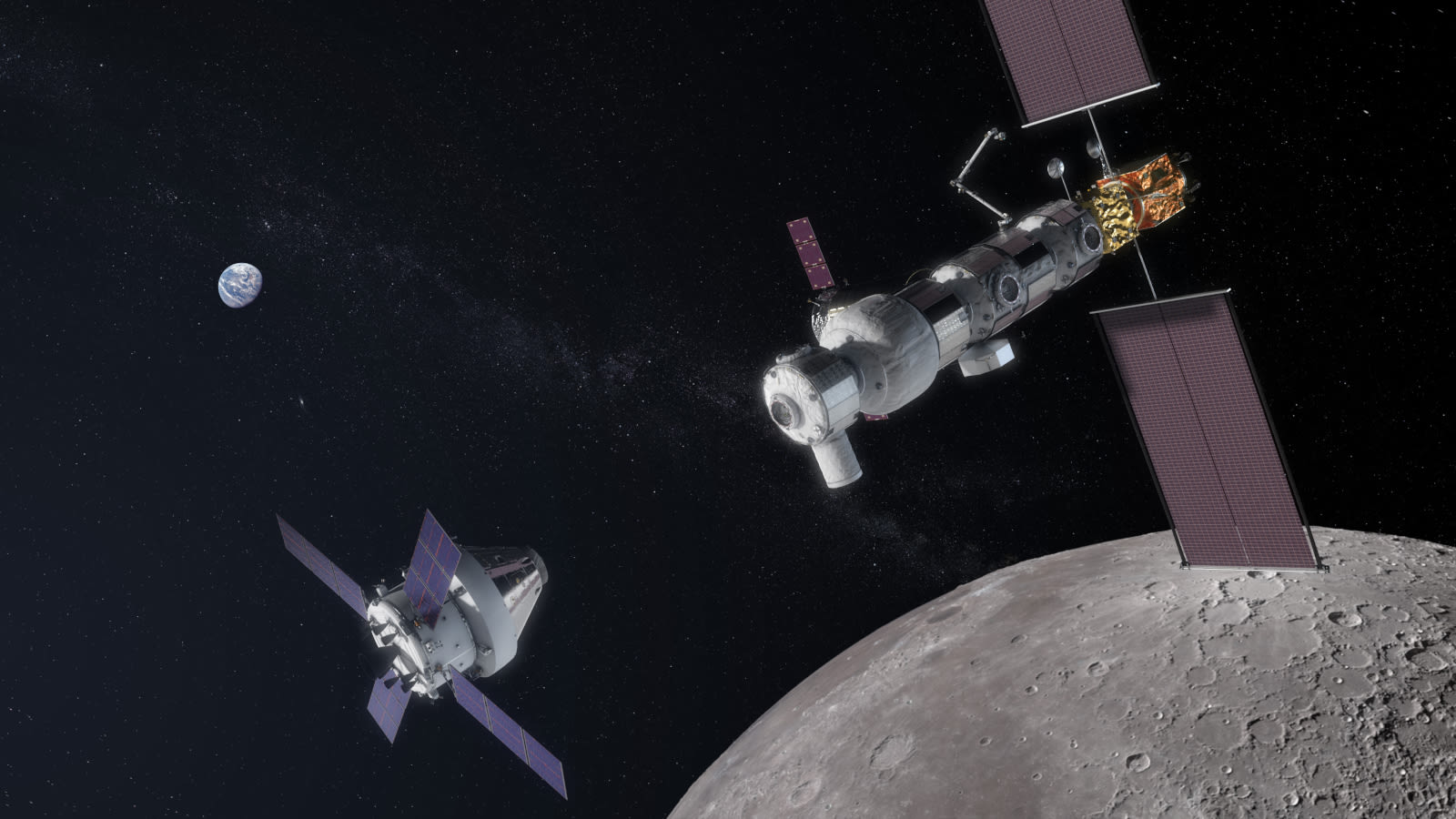
Engadget RSS Feed
NASA ramps up its efforts to understand space weather
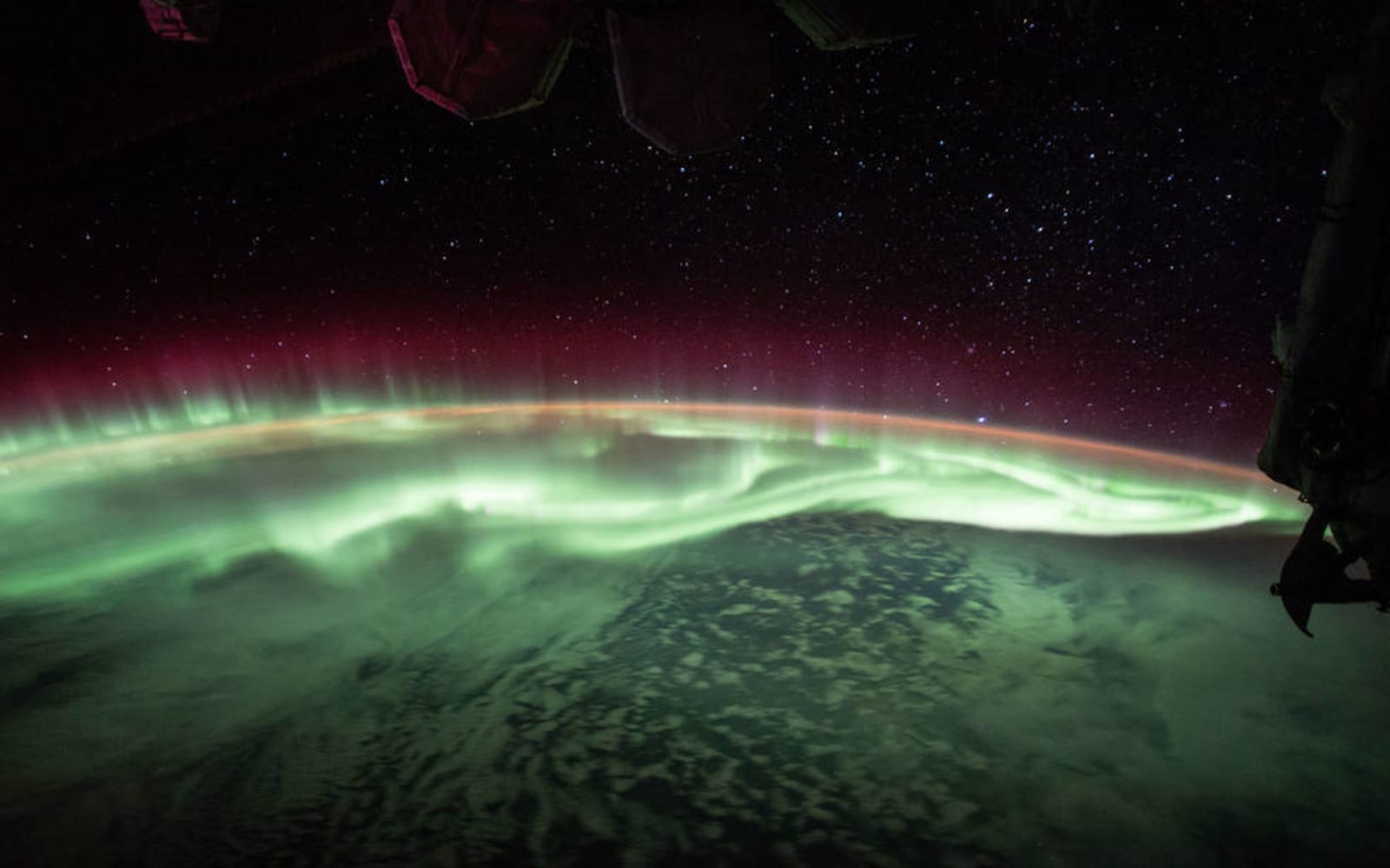
Engadget RSS Feed
NASA starts accepting kids’ name suggestions for its Mars 2020 rover
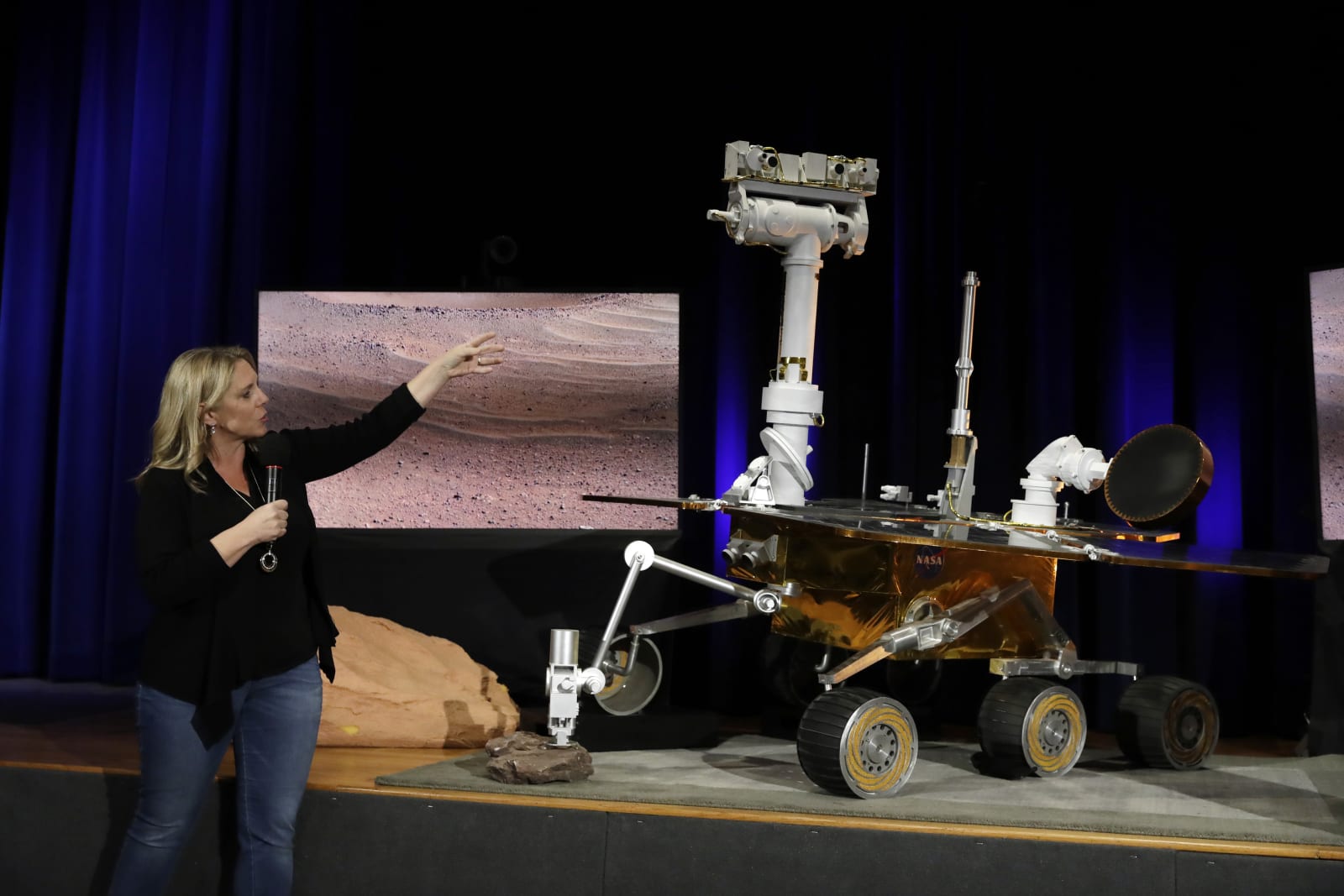
Engadget RSS Feed
NASA reopens Apollo mission control in time for Moon landing anniversary
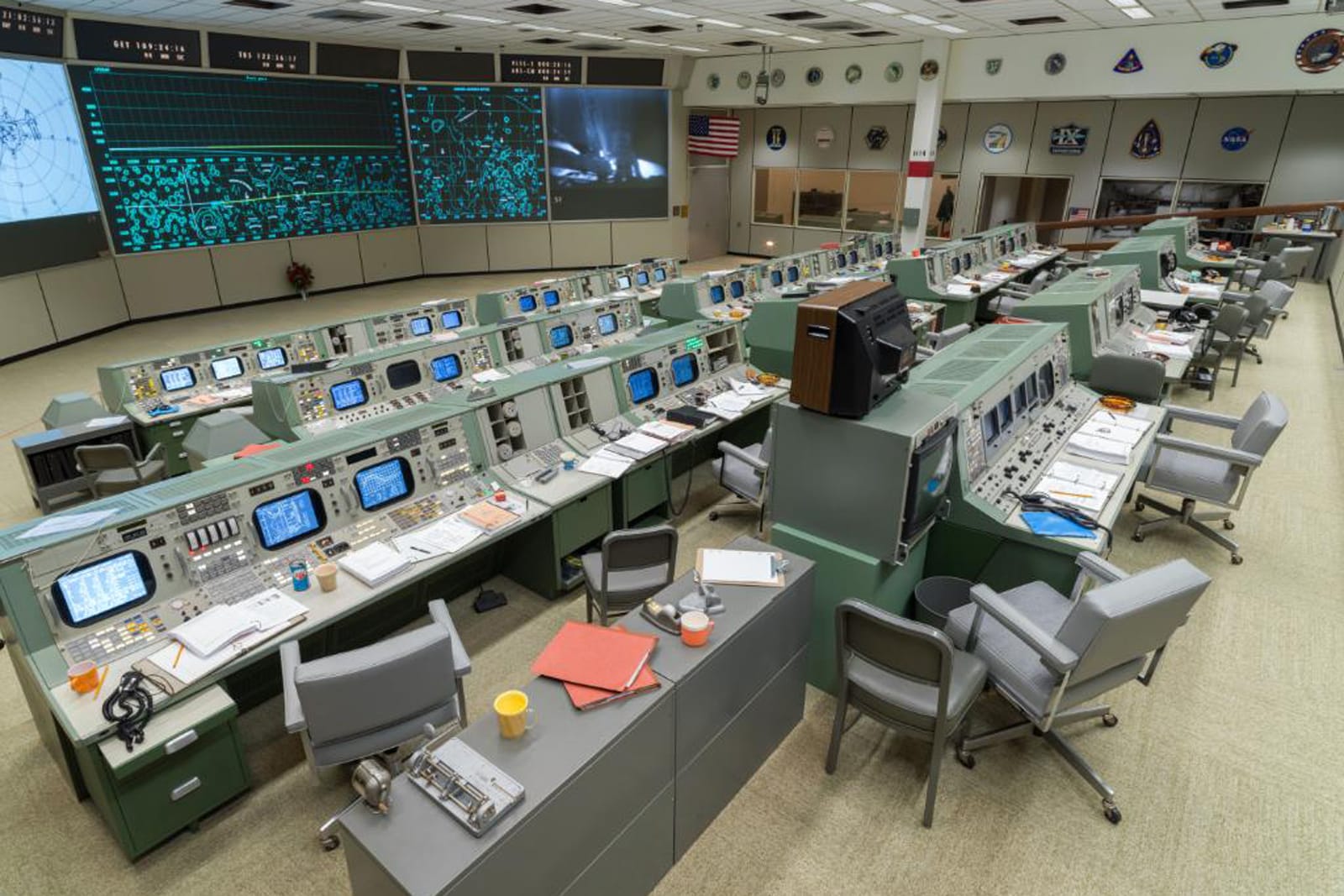
Engadget RSS Feed
Self-healing space suits among 18 ideas to receive NASA funding
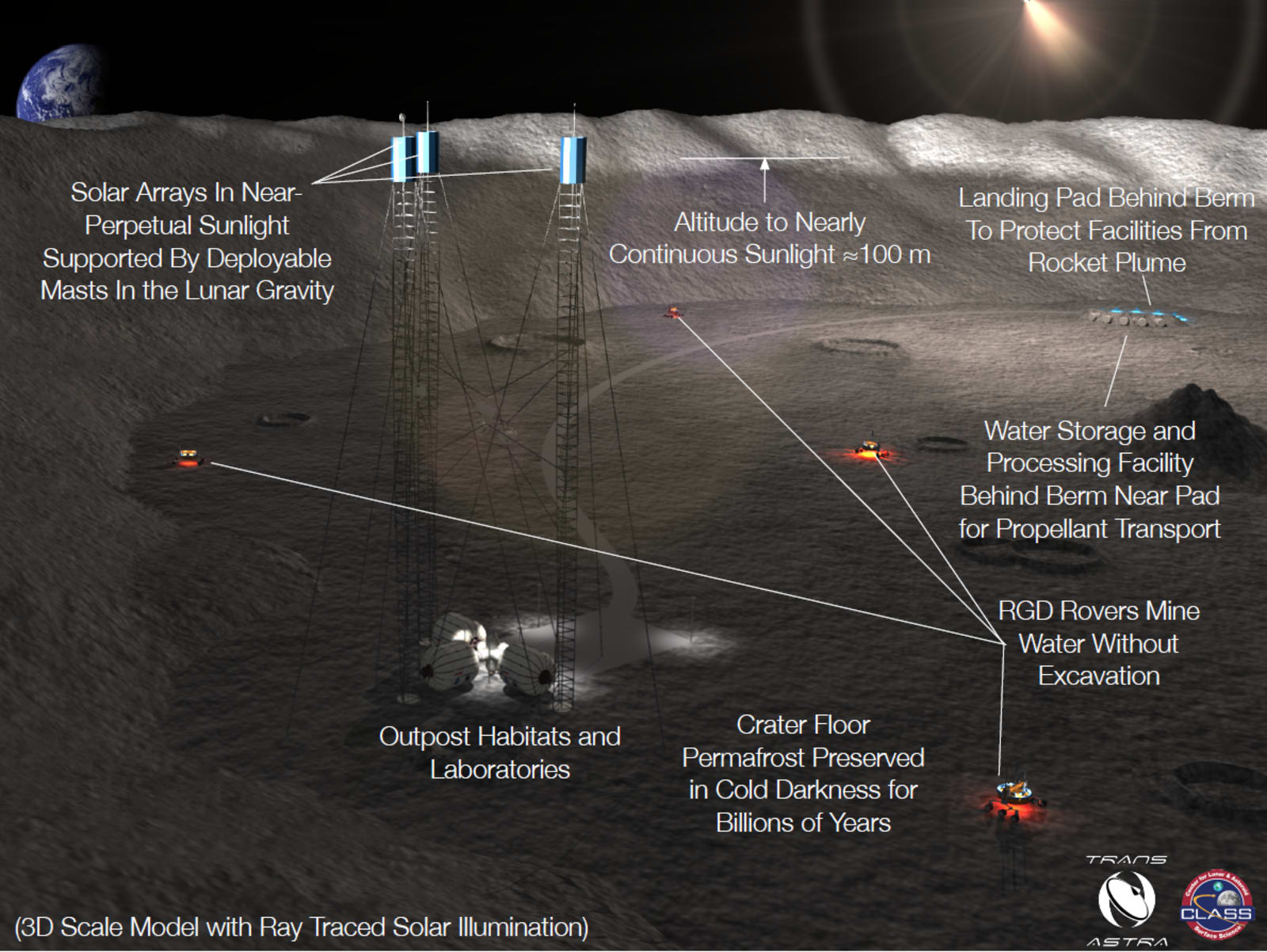
Engadget RSS Feed
NASA says satellite that India shot down may threaten the ISS
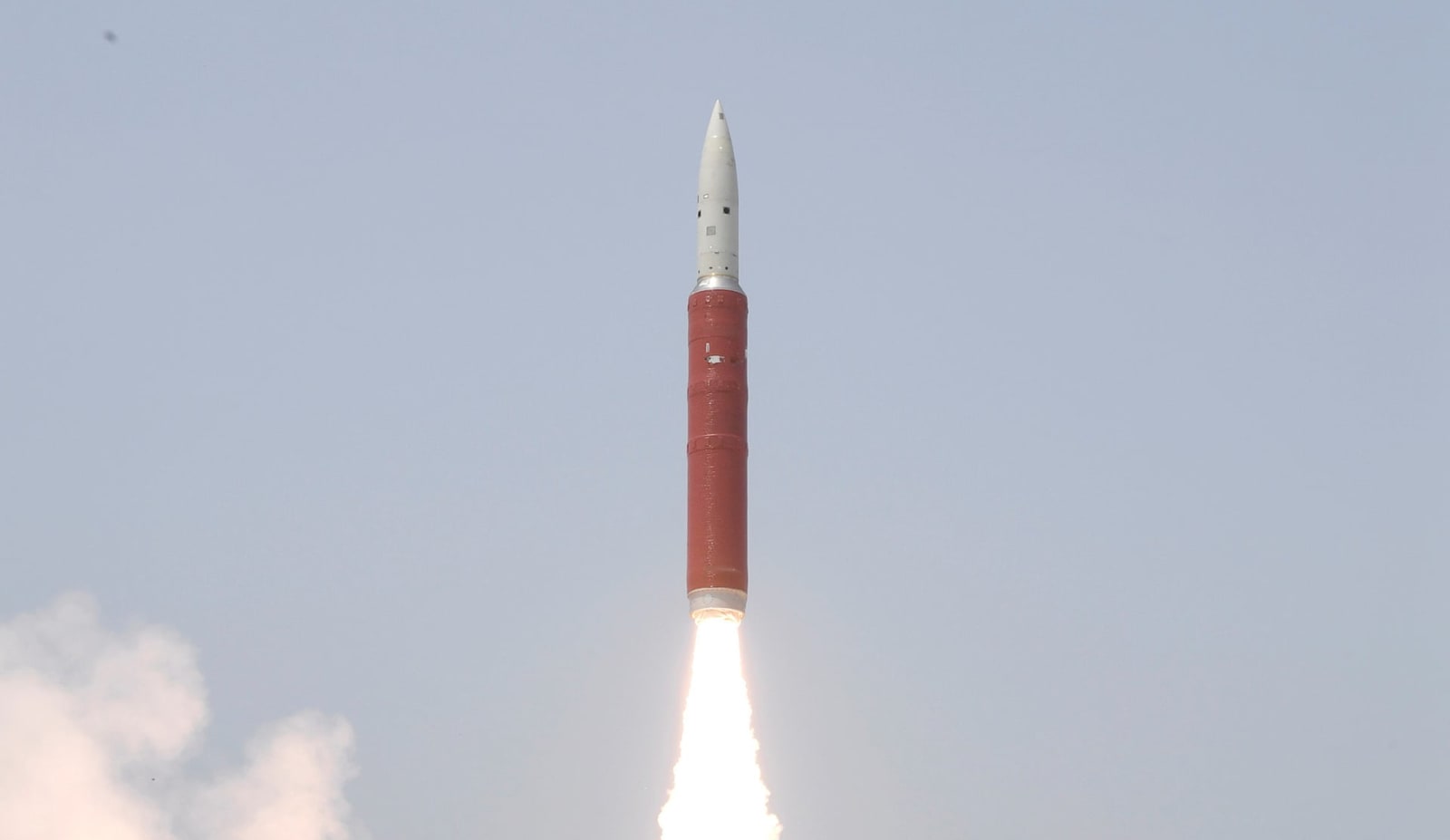
Engadget RSS Feed
NASA proves its space helicopter can fly on Mars
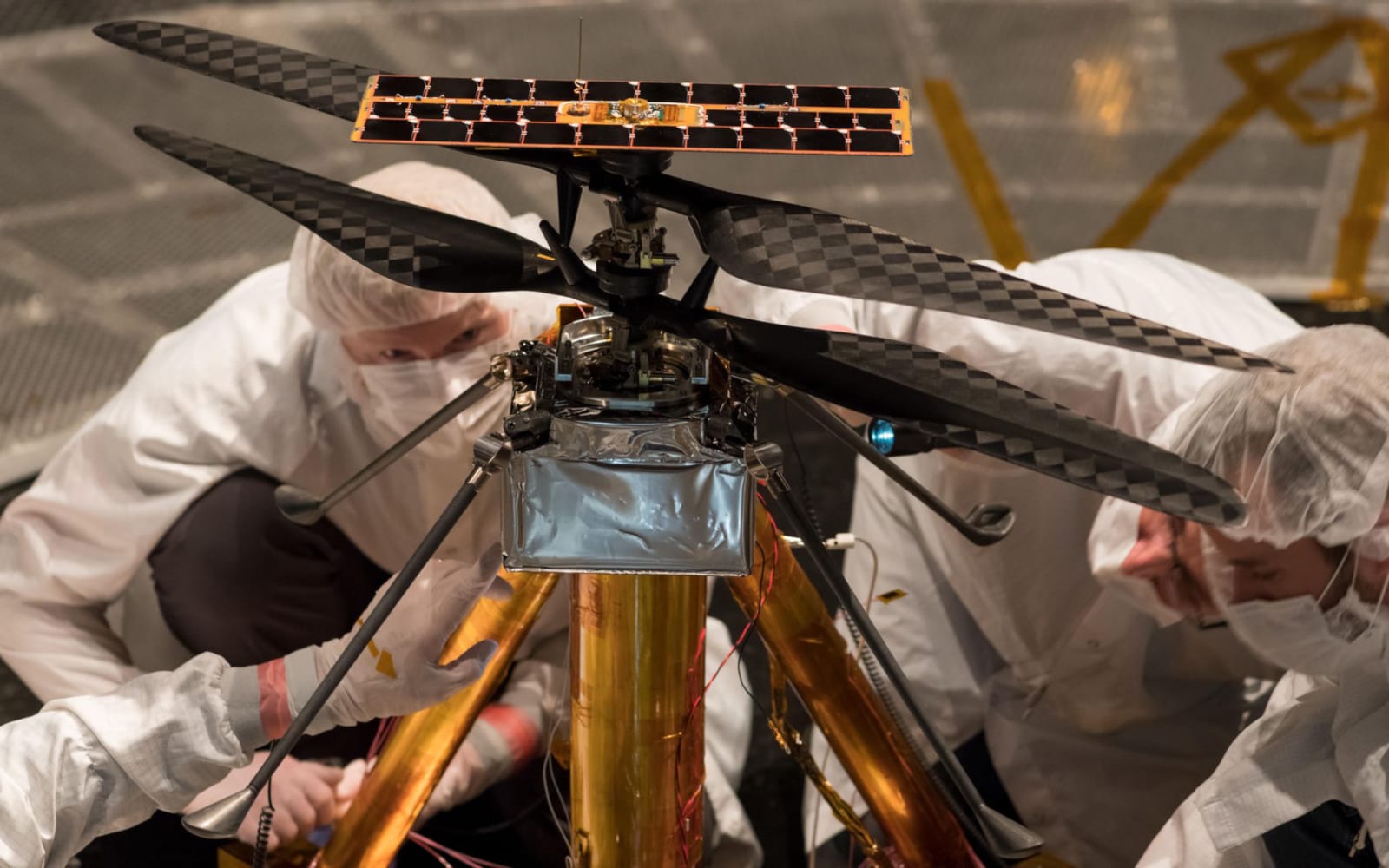
Engadget RSS Feed
NASA reveals Bennu asteroid is spewing particles into space
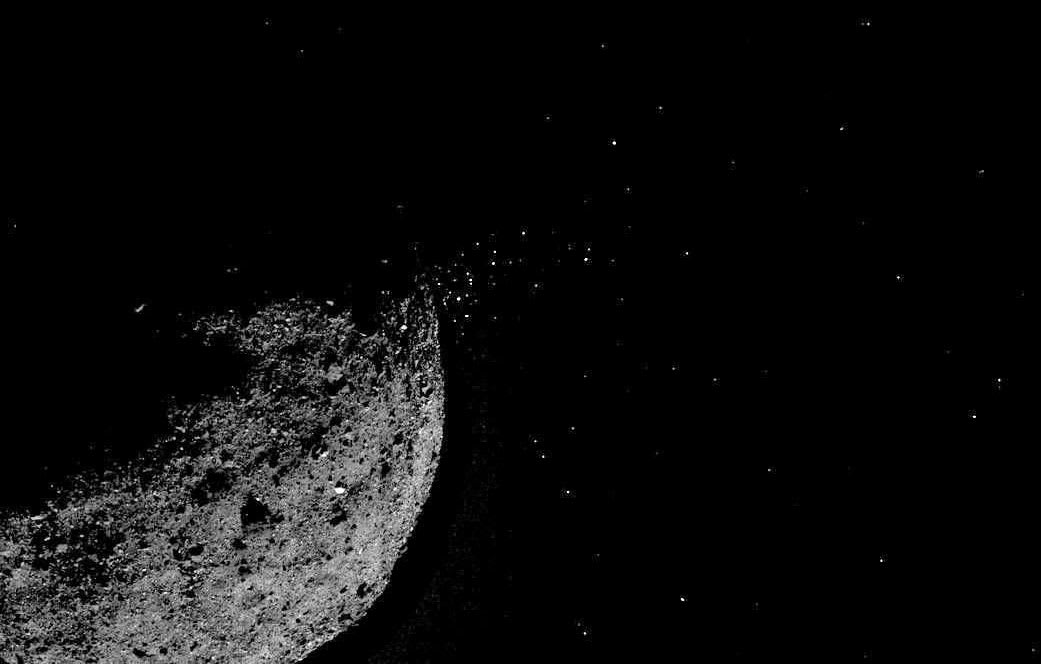
Engadget RSS Feed
NASA bids Kepler ‘goodnight’ with last set of commands
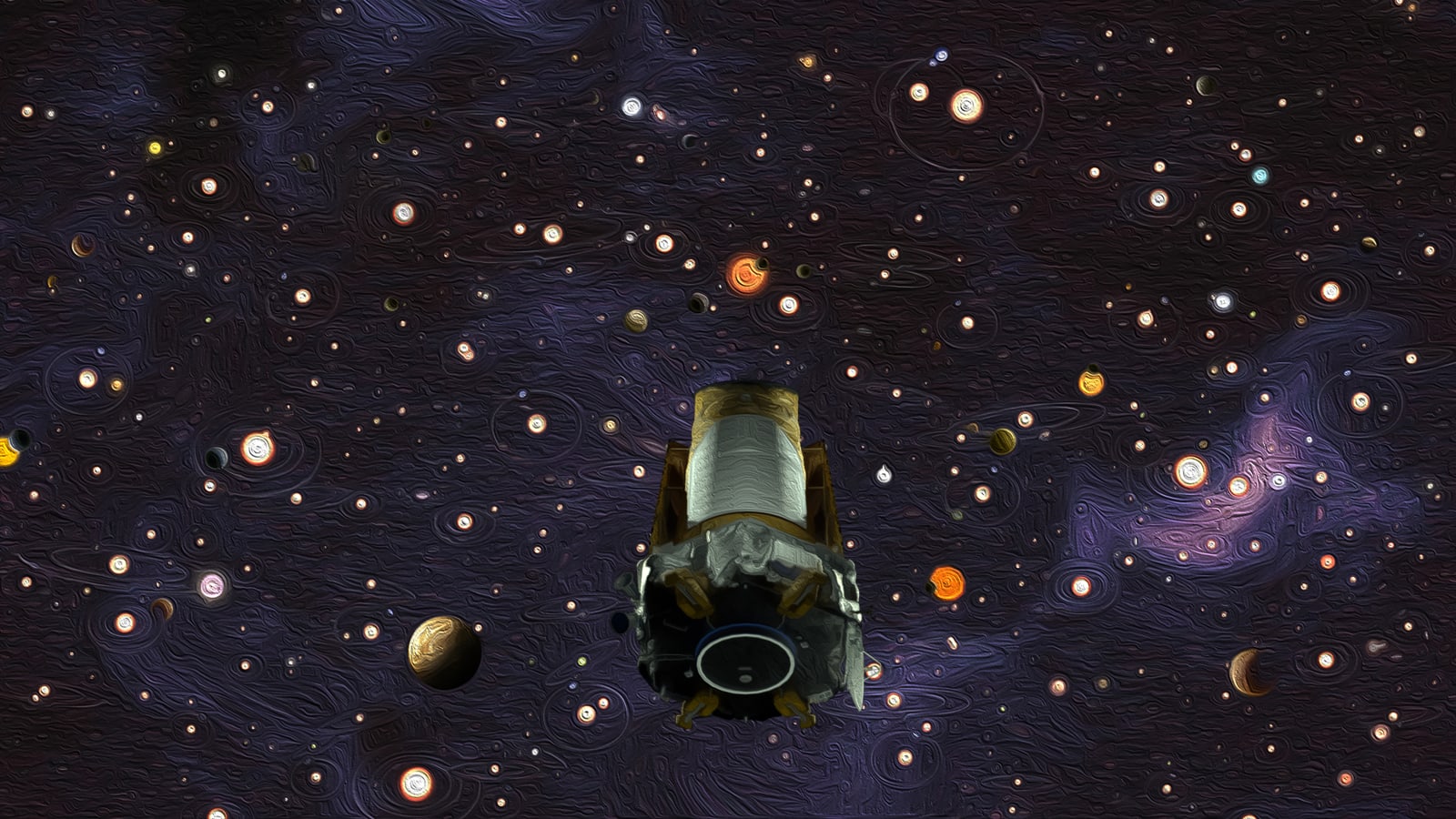
Engadget RSS Feed

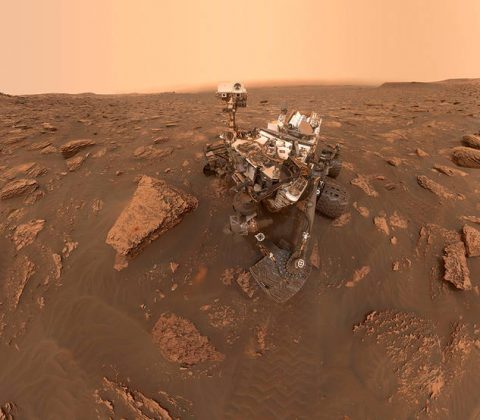
NASA activated Curiosity’s second ‘brain’ after it misbehaved
 Tired? Sluggish? Wouldn't it be great if you could just switch your brain to a better functioning version? Well, that's a privilege you can enjoy if you're the Mars Curiosity rover. NASA's intrepid explorer has been subject to a few technical problem…
Tired? Sluggish? Wouldn't it be great if you could just switch your brain to a better functioning version? Well, that's a privilege you can enjoy if you're the Mars Curiosity rover. NASA's intrepid explorer has been subject to a few technical problem…
Engadget RSS Feed
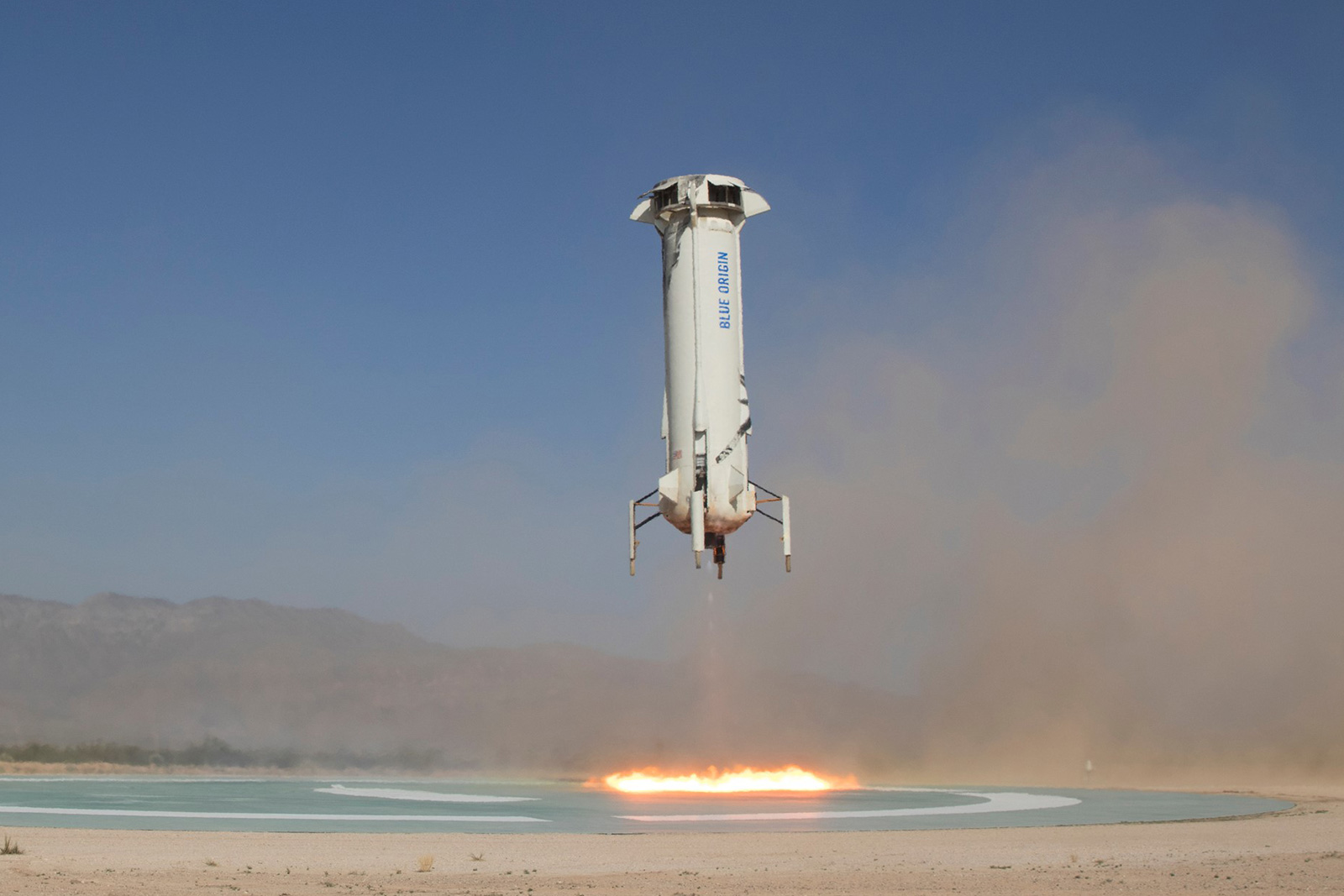
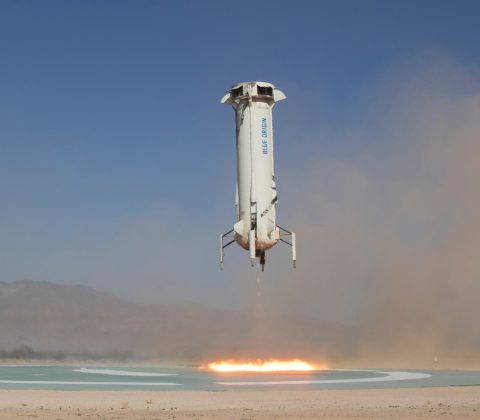
NASA picks for ‘tipping point’ space tech include Blue Origin and ULA
 NASA's current administrator is rather fond of private spaceflight, and that's reflected in the agency's latest round of technology funding. The organization has forged ten partnerships that will develop "tipping point" tech promising to help both N…
NASA's current administrator is rather fond of private spaceflight, and that's reflected in the agency's latest round of technology funding. The organization has forged ten partnerships that will develop "tipping point" tech promising to help both N…
Engadget RSS Feed
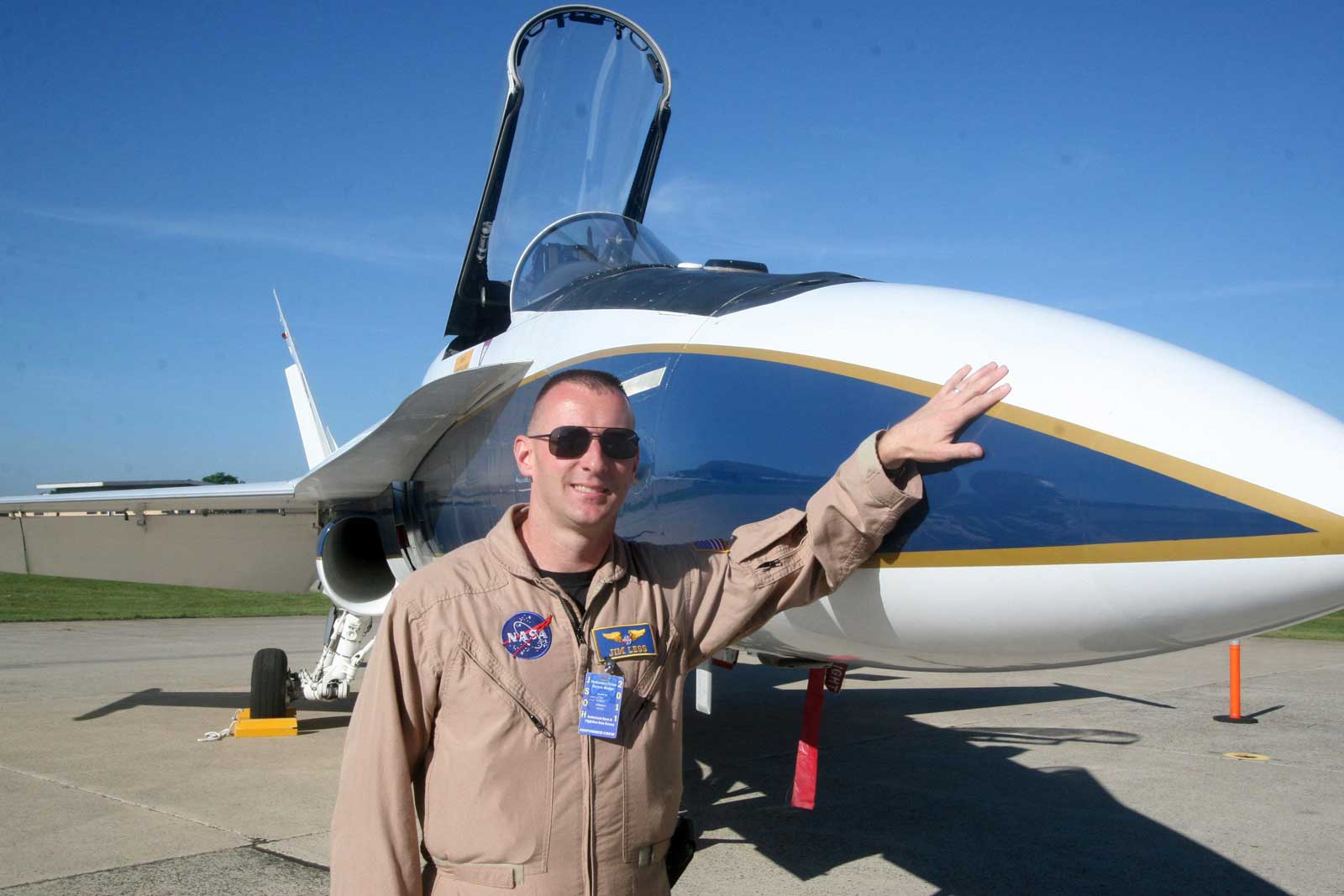

NASA will publicly test quiet supersonic technology in November
 You won't have to wonder what NASA's quiet supersonic technology sounds like in person — if you live in the right part of Texas, that is. The administration plans to conduct a series of public tests around the coastal city of Galveston in November….
You won't have to wonder what NASA's quiet supersonic technology sounds like in person — if you live in the right part of Texas, that is. The administration plans to conduct a series of public tests around the coastal city of Galveston in November….
Engadget RSS Feed
NASA hopes to send a probe to Alpha Centauri in 2069
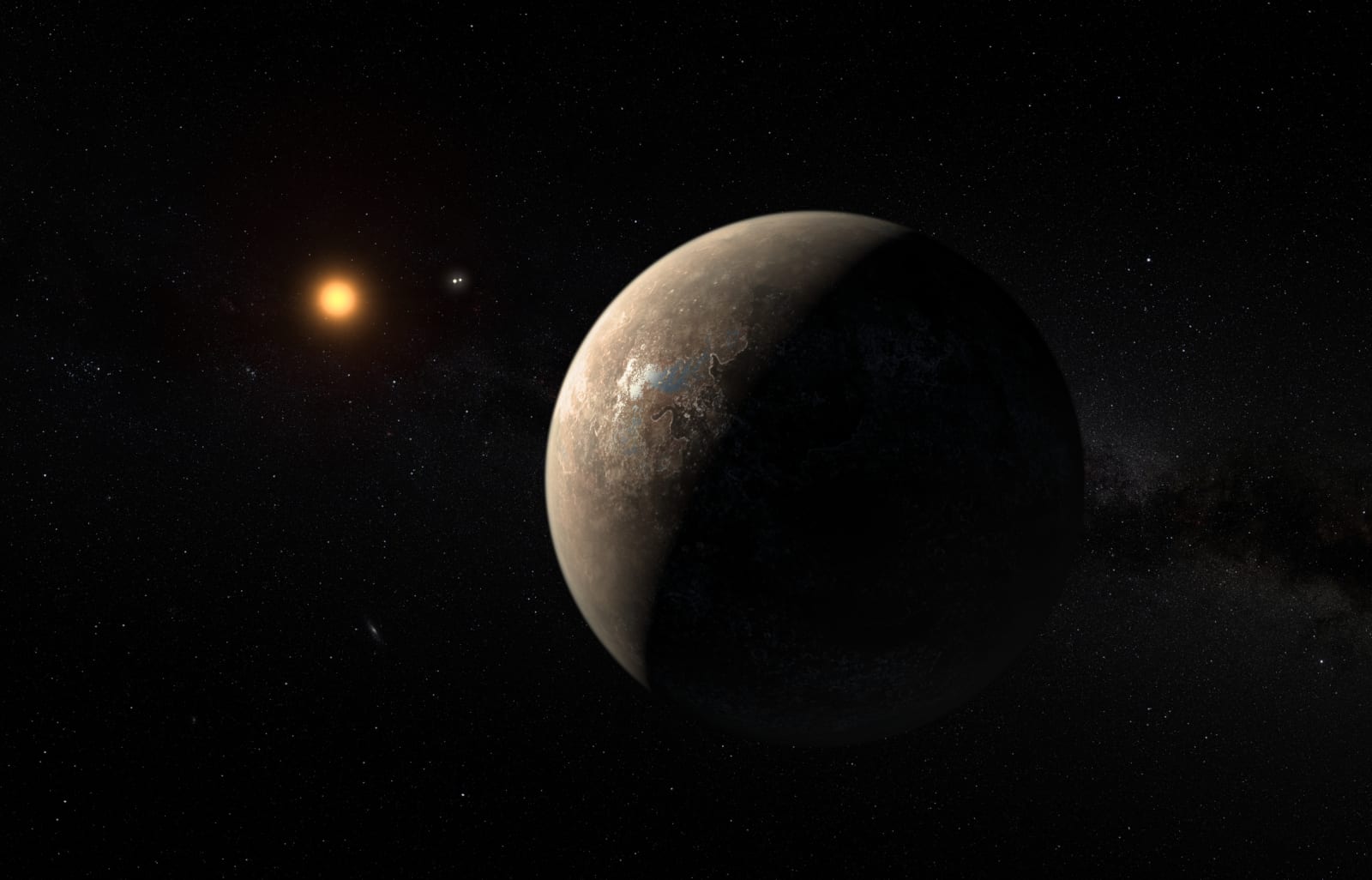 If you thought NASA was playing the long game with its plan to put people on Mars in the 2030s, you haven't seen anything yet. New Scientist has learned that a team at the administration's Jet Propulsion Laboratory has started planning a mission tha…
If you thought NASA was playing the long game with its plan to put people on Mars in the 2030s, you haven't seen anything yet. New Scientist has learned that a team at the administration's Jet Propulsion Laboratory has started planning a mission tha…
Engadget RSS Feed
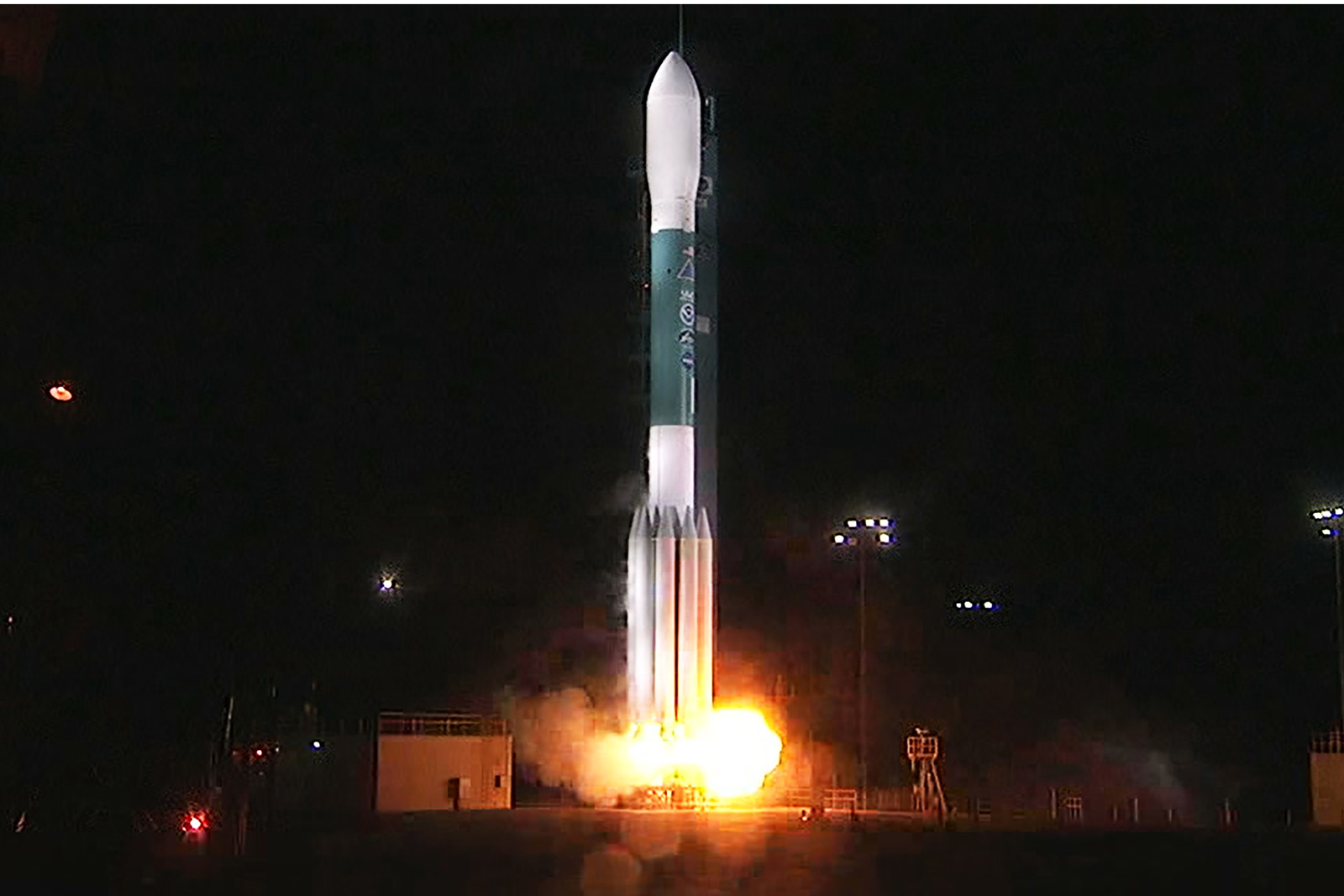
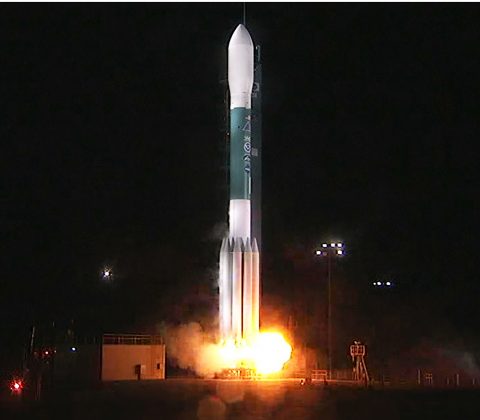
NASA satellite launch promises accurate week-long forecasts
 NASA and NOAA know that multi-day weather forecasts can be crucial to tracking hurricanes and their aftermath, and they're about to significantly boost the reliability of those forecasts. They just launched JPSS-1 (Joint Polar Satellite System-1), t…
NASA and NOAA know that multi-day weather forecasts can be crucial to tracking hurricanes and their aftermath, and they're about to significantly boost the reliability of those forecasts. They just launched JPSS-1 (Joint Polar Satellite System-1), t…
Engadget RSS Feed
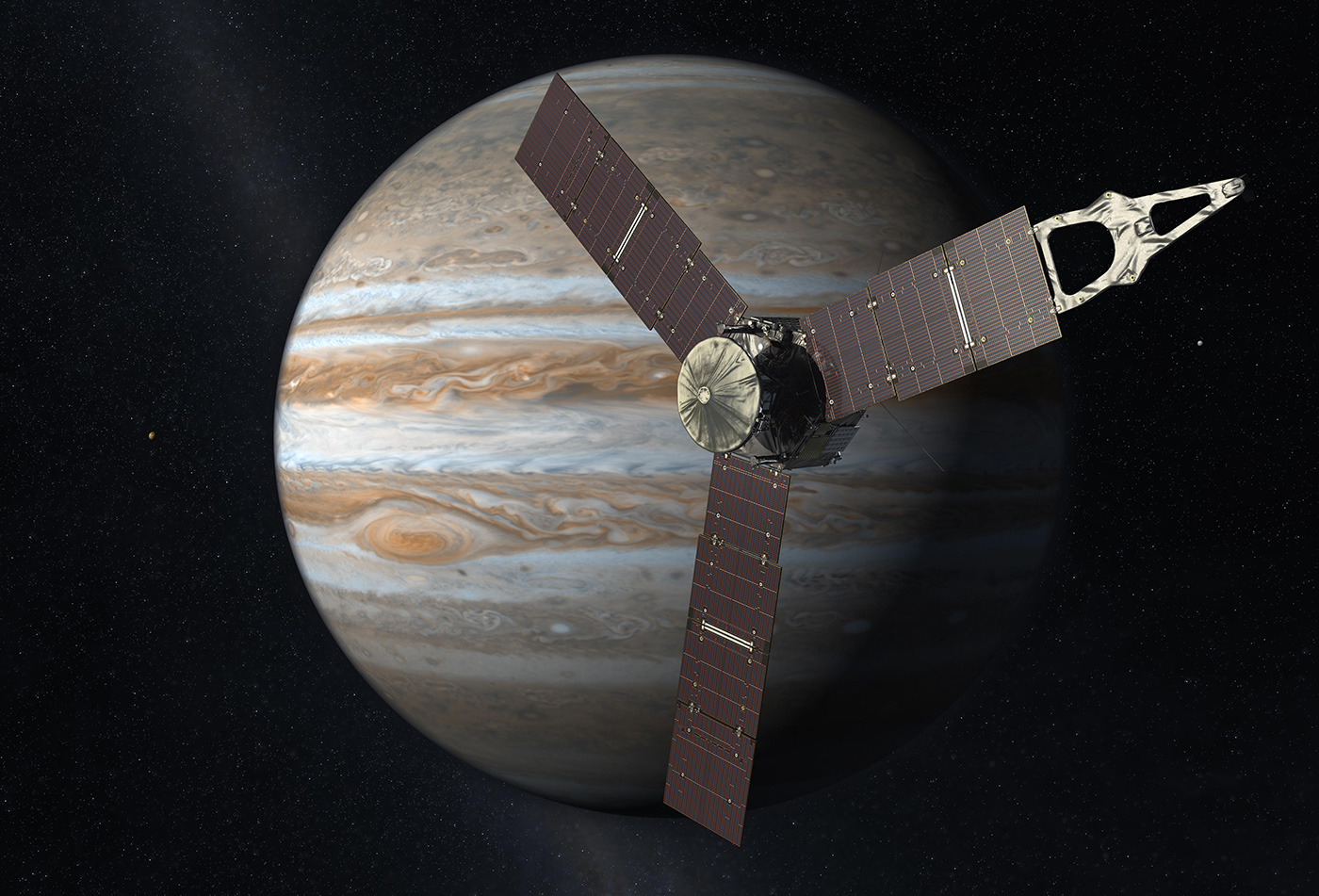
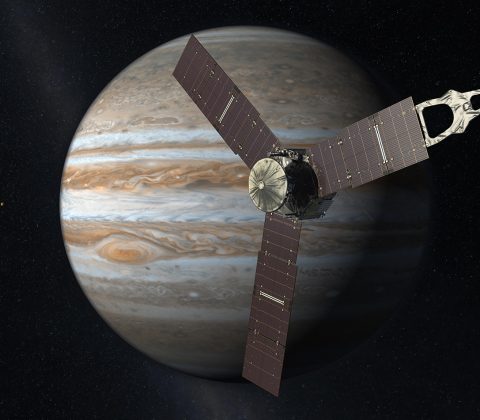
NASA is reviewing candidates for its next Solar System mission
 NASA might be focusing on Mars recently, but it hasn't forgotten the rest of the Solar System. The agency has begun reviewing the 12 proposals it received for the New Frontiers program, the same one that gave rise to New Horizons, Juno and other nota…
NASA might be focusing on Mars recently, but it hasn't forgotten the rest of the Solar System. The agency has begun reviewing the 12 proposals it received for the New Frontiers program, the same one that gave rise to New Horizons, Juno and other nota…
Engadget RSS Feed
Google, NASA will install D-Wave’s latest 2,000-qubit quantum computer at Ames
D-Wave Systems said on Monday that Google and NASA are upgrading the quantum computer currently installed at the Ames Research Center. The new version will be D-Wave’s 2000Q system released in January to solve complex problems.
The post Google, NASA will install D-Wave’s latest 2,000-qubit quantum computer at Ames appeared first on Digital Trends.
NASA is fed up with lousy ‘internet’ speeds in space, so it’s doing something about it
NASA, like a lot of people with lousy internet, is fed up with slow data-transfer speeds between spacecraft and Earth. Which is why it’s developing a laser-based system that could one day see speeds increase by up to 100 times.
The post NASA is fed up with lousy ‘internet’ speeds in space, so it’s doing something about it appeared first on Digital Trends.
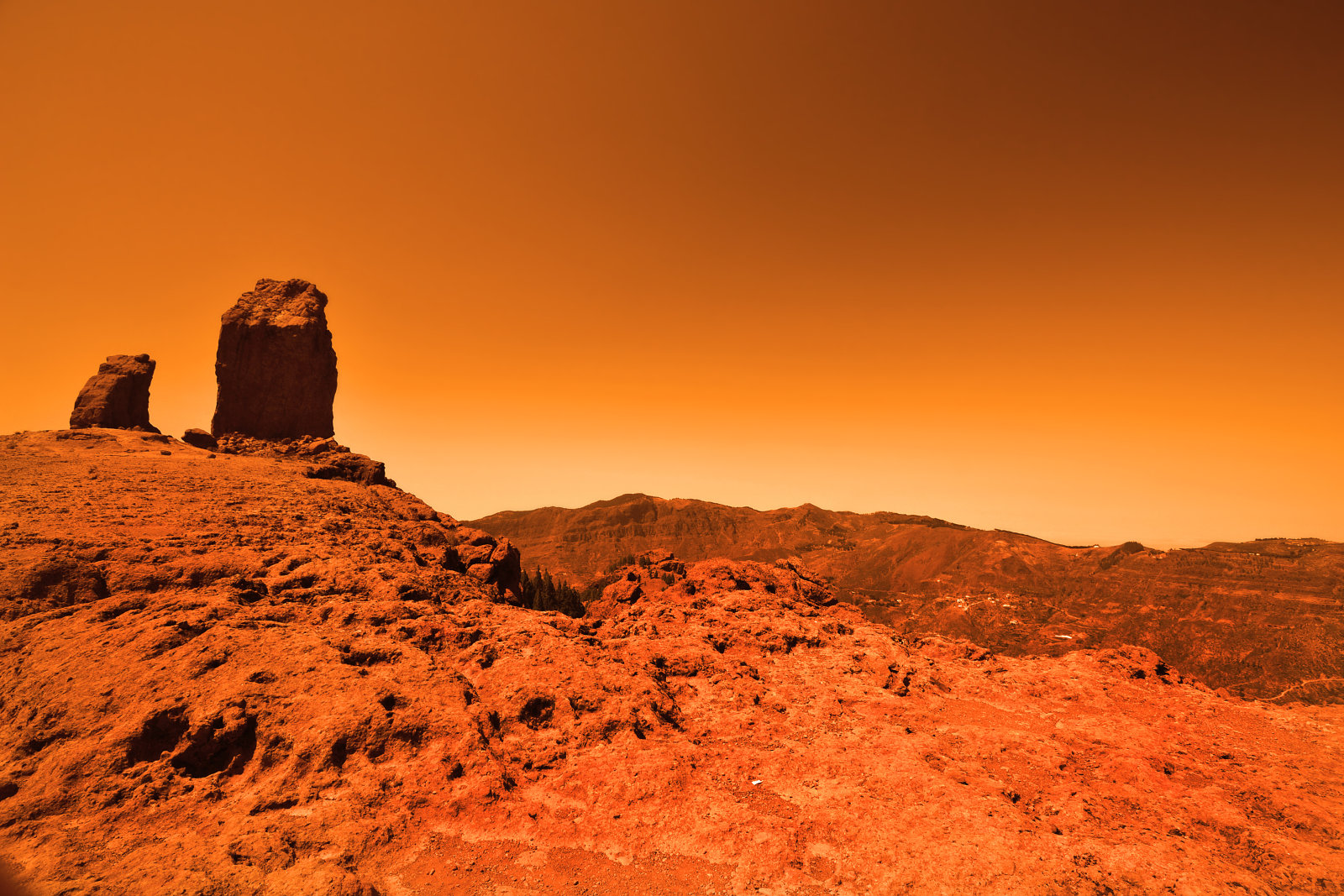
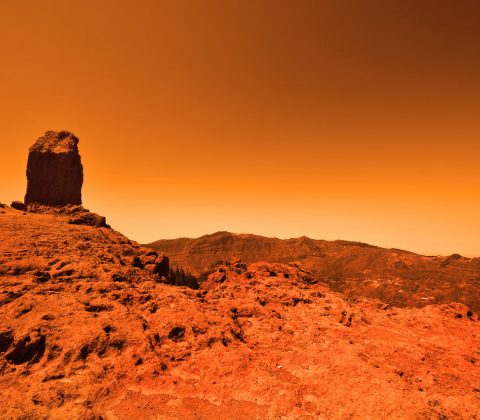
NASA picks three potential drill sites for Mars 2020
 When the Mars 2020 rover reaches the red planet, it will quickly begin drilling for samples from its surface. NASA hasn't picked the exact drill site yet, but it has narrowed its choices down to three during a workshop with scientists in Monrovia, Ca…
When the Mars 2020 rover reaches the red planet, it will quickly begin drilling for samples from its surface. NASA hasn't picked the exact drill site yet, but it has narrowed its choices down to three during a workshop with scientists in Monrovia, Ca…
Engadget RSS Feed
NASA hopes for five more year-long ISS missions
Just because Scott Kelly has landed and retired doesn't mean that NASA is done with long-term stays in space. The agency informs Ars Technica that it's aiming for five more year-long missions aboard the International Space Station, with the first sta…
Engadget RSS Feed
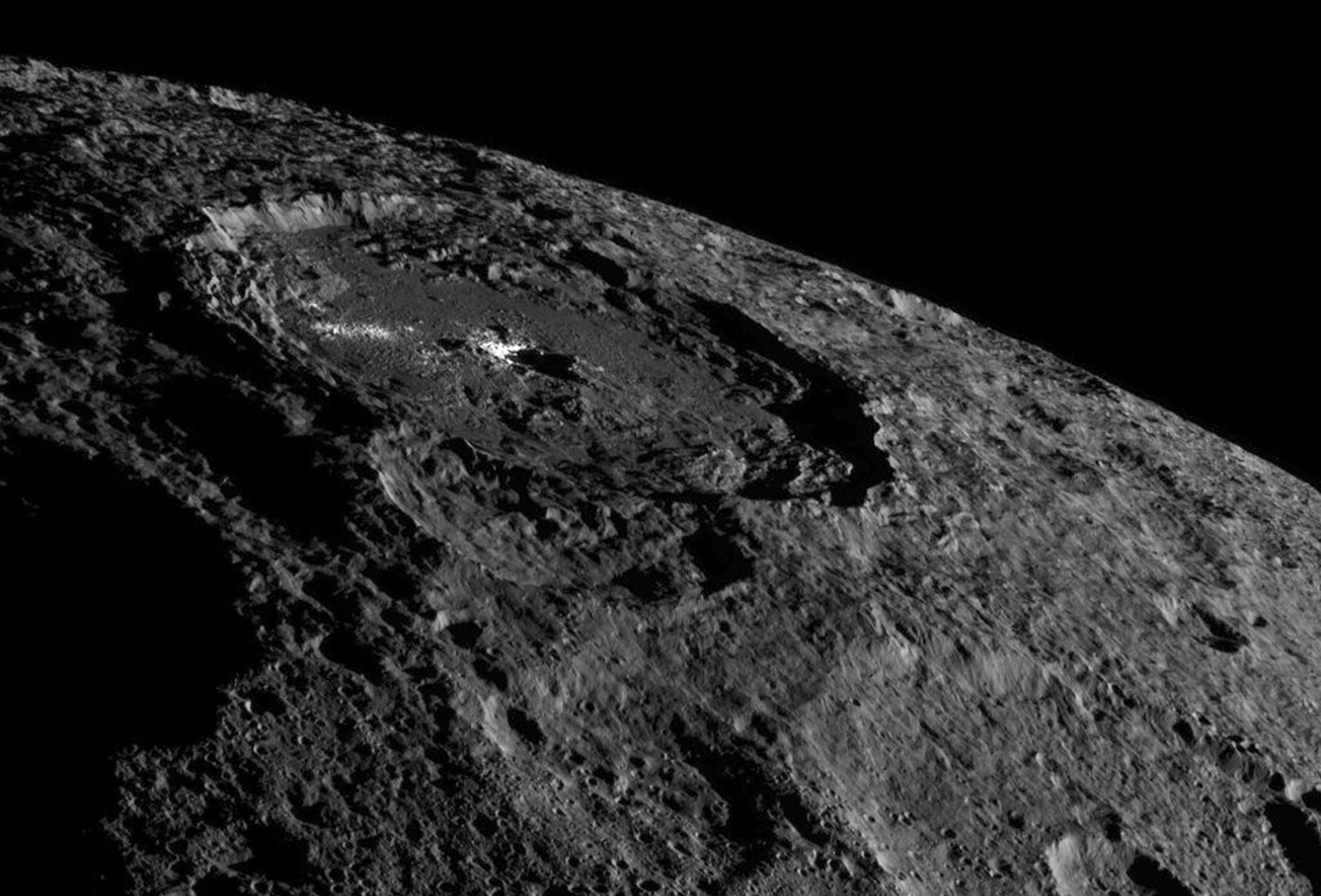
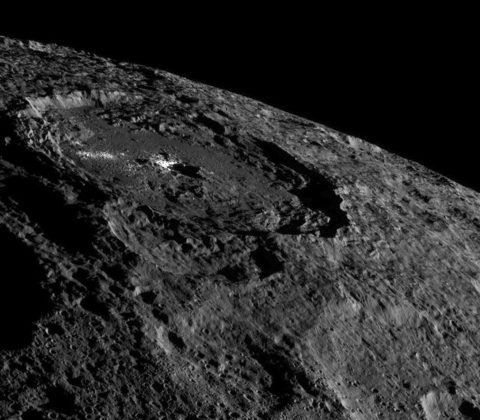
NASA says Ceres’ brightest crater is made of salt
 The scientists in charge of NASA's Dawn spacecraft has released more high-res images of Ceres, along with information that sheds more light on what it's made of. One of the new images is another close-up of its famous Occator Crater taken from a diff…
The scientists in charge of NASA's Dawn spacecraft has released more high-res images of Ceres, along with information that sheds more light on what it's made of. One of the new images is another close-up of its famous Occator Crater taken from a diff…
Engadget RSS Feed
A NASA probe is headed to a nearby asteroid, and will bring part of it back to Earth
The OSIRIS-REx mission is heading to the asteroid Bennu, and in July 2020 would scoop up some asteroid dust to be returned to earth three years later. The hope is to understand more about the formation of the solar system.
The post A NASA probe is headed to a nearby asteroid, and will bring part of it back to Earth appeared first on Digital Trends.
NASA will hand over the ISS to a private company in about a decade
Digital Trends confirmed that NASA Deputy Associate Administrator for Exploration Systems Development Bill Hill suggested that the space agency hopes to hand over the keys of the International Space Station to a commercial owner within 10 years.
The post NASA will hand over the ISS to a private company in about a decade appeared first on Digital Trends.
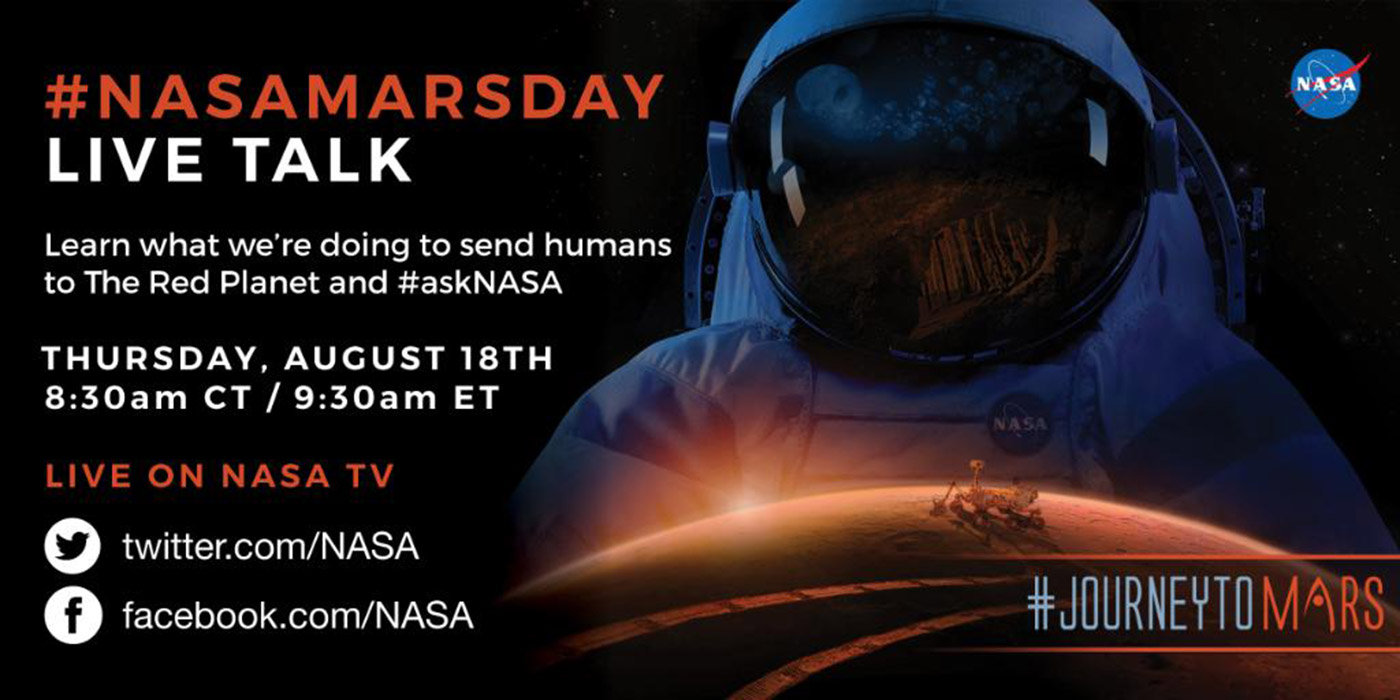
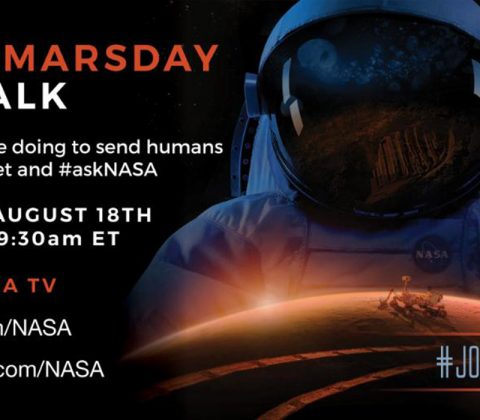
NASA will answer your questions about its journey to Mars
 NASA has a ton of Mars-related projects that it hopes would culminate in sending humans to the red planet within the next 25 years. There's the stationary InSight lander that it plans to launch in 2018 and the next-gen rover that will succeed Curiosi…
NASA has a ton of Mars-related projects that it hopes would culminate in sending humans to the red planet within the next 25 years. There's the stationary InSight lander that it plans to launch in 2018 and the next-gen rover that will succeed Curiosi…
Engadget RSS Feed


Fungi can help NASA deduce how climate change affects forests
 A team from NASA's Jet Propulsion Laboratory has developed a new method to detect what kind of mycorrhizae are attached to the roots of trees using only satellite images. Mycorrhizae are fungi that form mutually beneficial relationships with the root…
A team from NASA's Jet Propulsion Laboratory has developed a new method to detect what kind of mycorrhizae are attached to the roots of trees using only satellite images. Mycorrhizae are fungi that form mutually beneficial relationships with the root…
Engadget RSS Feed
NASA partners with Freelancer.com to crowdsource its latest robotic arm
NASA is flexing its crowdsourcing muscle again, this time using its Tournament Lab and an ongoing partnership with Freelancer.com to encourage people to design a robotic arm for one of its International Space Station projects.
The post NASA partners with Freelancer.com to crowdsource its latest robotic arm appeared first on Digital Trends.
NASA rolls six years of Fermi telescope data into stunning gamma ray map
Scientists last week released one of the best gamma ray light maps of our universe, constructed using more than six years’ worth of data collected by NASA’s Fermi Gamma-Ray Space Telescope.
The post NASA rolls six years of Fermi telescope data into stunning gamma ray map appeared first on Digital Trends.
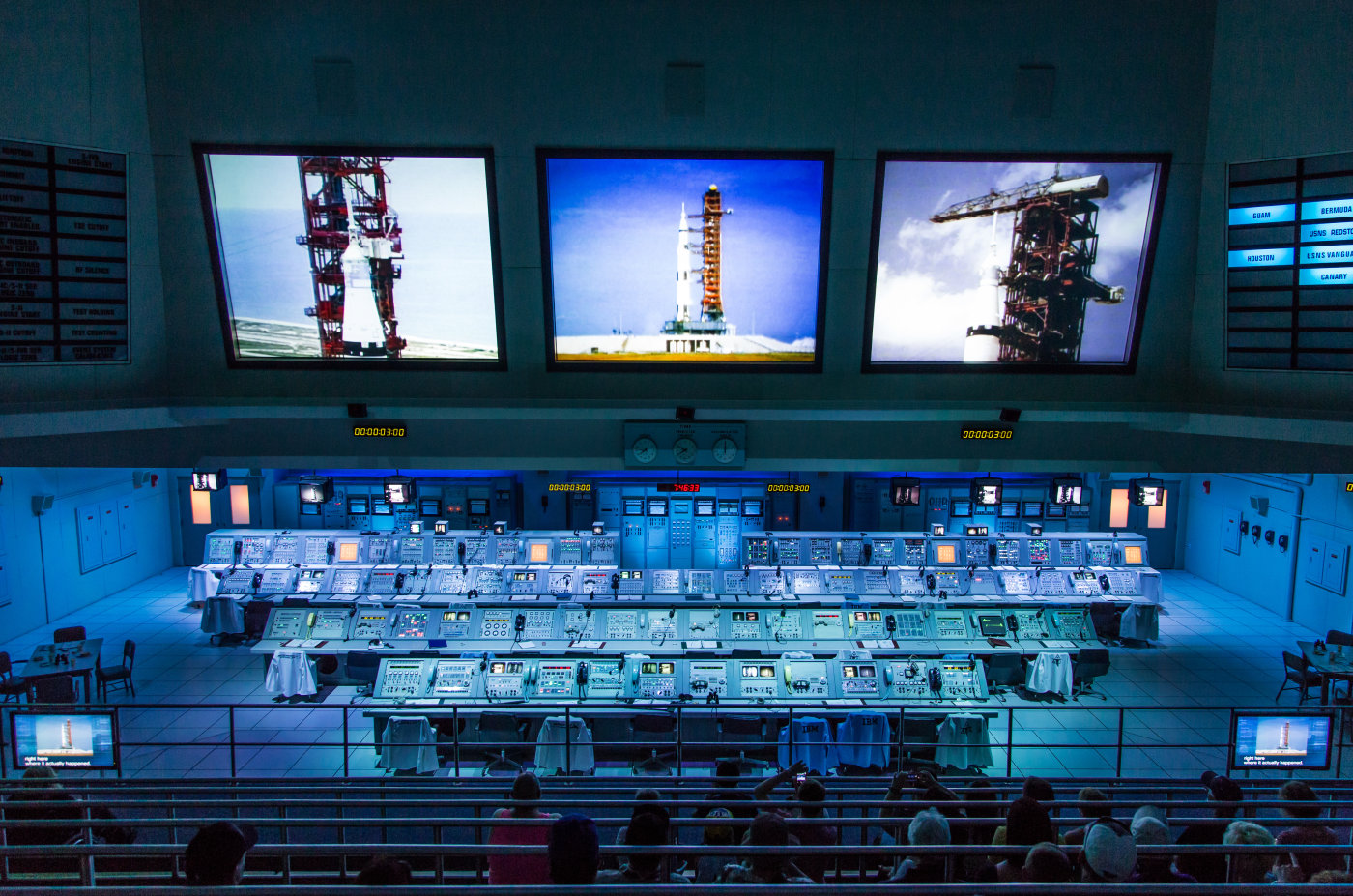
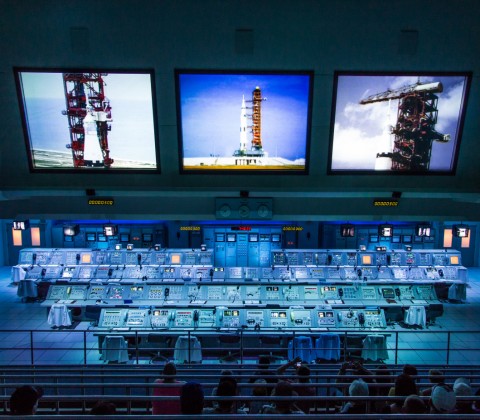
Congress will give NASA nearly $20 billion next year
 In a surprise move, the Republican-controlled Congress has promised to give NASA roughly $ 19.3 billion dollars next year as part of its 2016 omnibus spending bill. That's nearly a billion dollars beyond the $ 18.5 billion that the Obama administration…
In a surprise move, the Republican-controlled Congress has promised to give NASA roughly $ 19.3 billion dollars next year as part of its 2016 omnibus spending bill. That's nearly a billion dollars beyond the $ 18.5 billion that the Obama administration…
Engadget RSS Feed
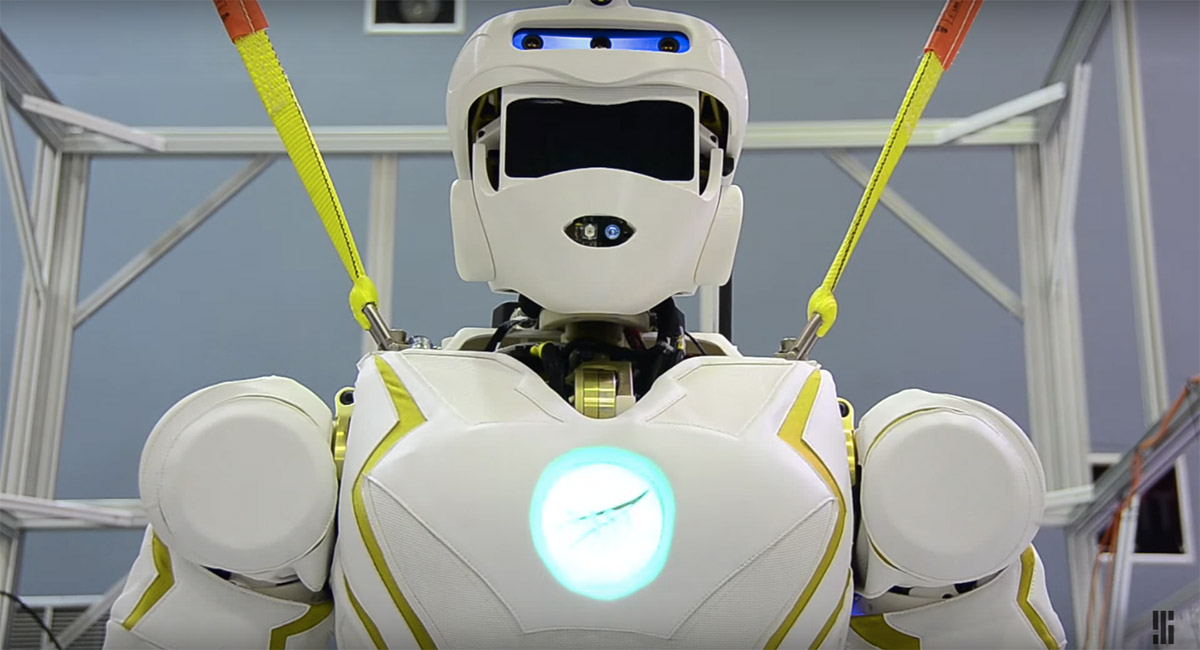
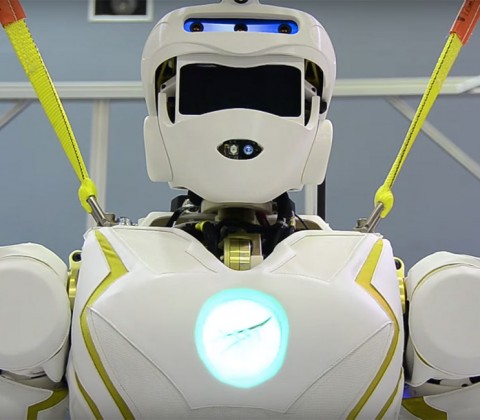
NASA sends its Valkyrie humanoid robots to college
 NASA wants to send its 6-foot-tall, 290-pound humanoid robot R5 (which also goes by the more intimidating name "Valkyrie") to Mars and other extraterrestrial locations. The agency originally designed the R5 for search-and-rescue missions, though, s…
NASA wants to send its 6-foot-tall, 290-pound humanoid robot R5 (which also goes by the more intimidating name "Valkyrie") to Mars and other extraterrestrial locations. The agency originally designed the R5 for search-and-rescue missions, though, s…
Engadget RSS Feed
NASA and the U.K. are developing a way to monitor all drones in the sky
UK lawmakers wants to track the consumer and commercial use of drones, and is turning to NASA for help in developing a traffic management system.
The post NASA and the U.K. are developing a way to monitor all drones in the sky appeared first on Digital Trends.
What’s for dinner? NASA funds research for turning poop into astronaut meals
This news may be hard for astronauts to swallow, but NASA recently announced a number of research grants for university-led projects, one of which involves looking at ways to turn human poop into food for space travelers on missions into deep space.
The post What’s for dinner? NASA funds research for turning poop into astronaut meals appeared first on Digital Trends.
Drone control: Verizon’s cell phone towers could be used in NASA plan to monitor drones
Verizon has reportedly signed a deal with NASA to allow the use of its cell phone towers in a proposed air traffic control system for quadcopters and other remotely controlled flying machines.
The post Drone control: Verizon’s cell phone towers could be used in NASA plan to monitor drones appeared first on Digital Trends.
